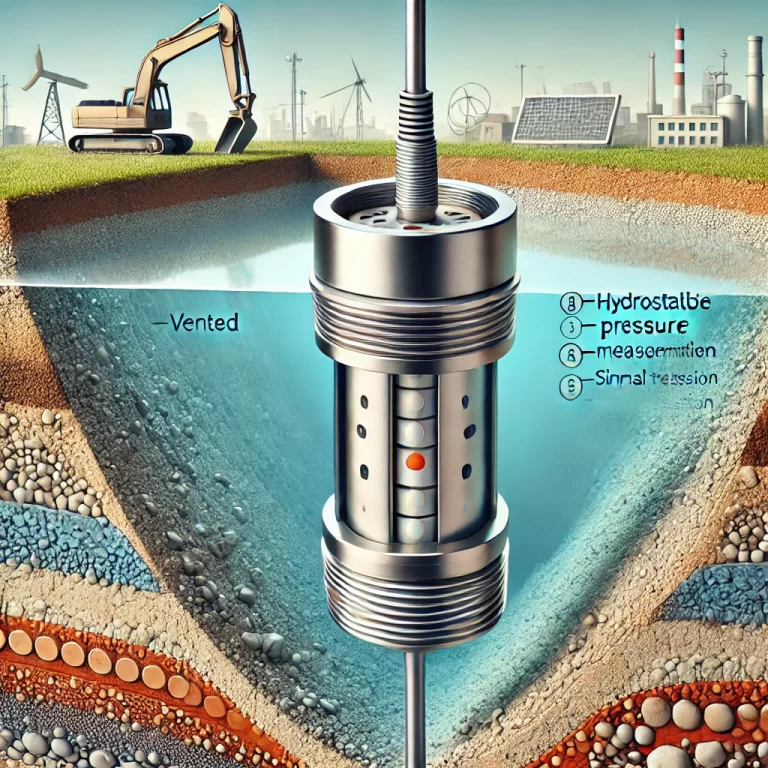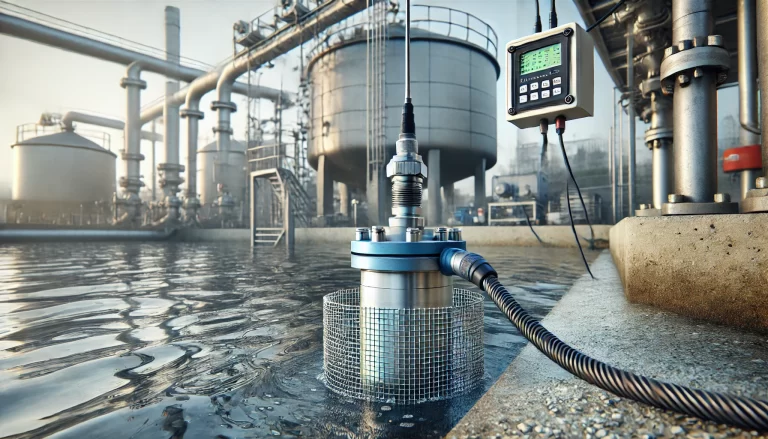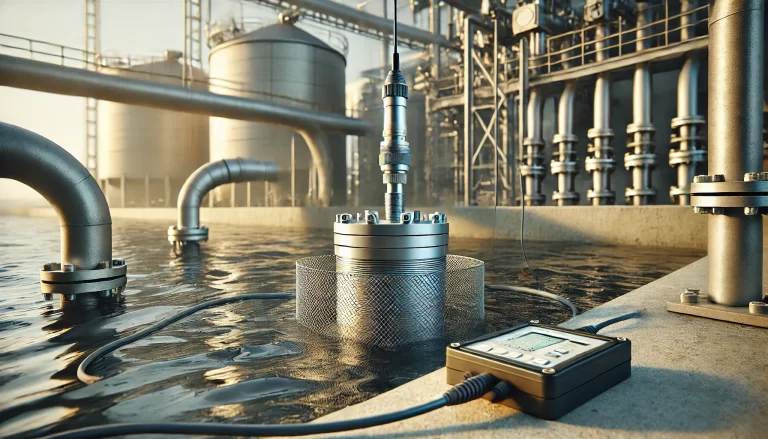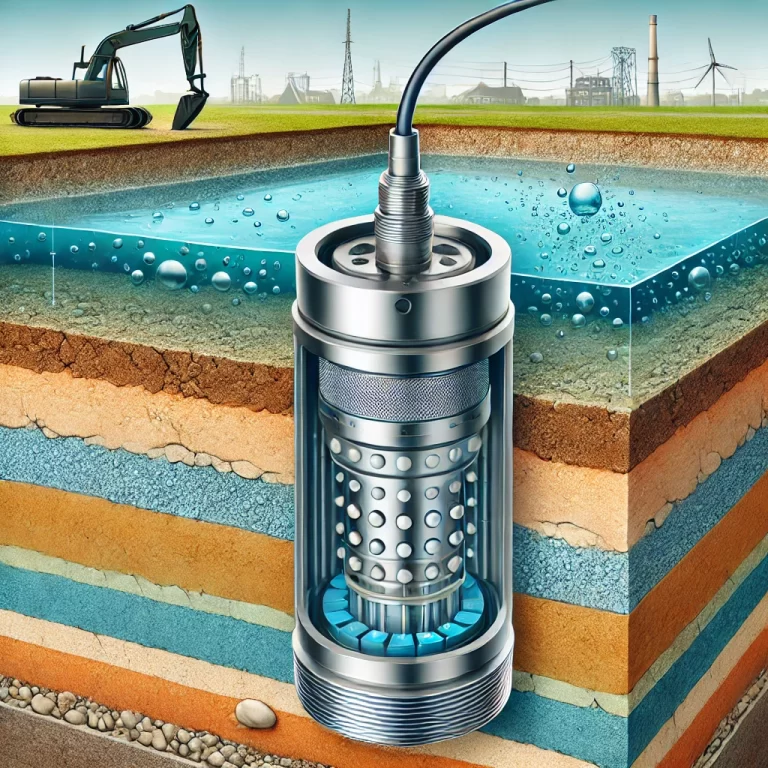1. Introduction
A submersible level transmitter is a highly reliable device used for measuring liquid levels in various environments. Designed to be directly submerged in the measured medium, it operates through an integrated cable connection, making installation simple and convenient. The transmitter is equipped with an advanced signal amplification circuit that includes a wide voltage power supply, lightning protection, frequency interference suppression, and strong anti-interference capabilities. Due to these features, submersible level transmitters are widely used in applications such as municipal water supply systems, wastewater treatment plants, liquid tank measurements, reservoirs, mines, and high-rise building water tanks.
While these transmitters are highly effective, improper use can lead to performance degradation, inaccurate readings, or even damage. Here are some essential considerations to ensure optimal performance and longevity of a submersible level transmitter.

2. Key Considerations for Proper Use
1. Use Shielded Cables to Prevent Electromagnetic Interference
Submersible level transmitters operate by converting liquid pressure into electrical signals. However, external electromagnetic interference (EMI) can distort these signals and affect accuracy. To prevent such issues:
Use shielded cables to minimize EMI effects.
Keep signal cables away from high-power electrical equipment to avoid induced interference.
If necessary, use additional signal isolators or filters to improve measurement reliability.
2. Prevent Blockage by Maintaining Proper Probe Positioning
In environments where sediments such as mud, sludge, or oil residues accumulate at the bottom of a tank or reservoir, the transmitter’s probe may become clogged, leading to measurement errors or even malfunction. To prevent this:
Install the probe at an appropriate height above the bottom to reduce contact with settled debris.
Consider using a protective mesh or filter around the probe to prevent clogging without affecting accuracy.
3. Secure the Probe to Prevent Swinging in Turbulent Conditions
When the measured medium experiences strong fluctuations or turbulence, excessive probe movement may cause erratic readings. Additionally, if the vented cable is excessively long, it may be prone to bending and twisting. To mitigate these effects:
Use a protective sleeve or mounting bracket to keep the probe stable.
In highly turbulent conditions, consider placing the probe in a stilling well or perforated pipe to minimize movement.

4. Ensure Proper Cable Protection During Installation
The vented cable contains a small atmospheric reference tube that allows pressure equalization between the transmitter and the environment. If this tube becomes blocked or filled with moisture, measurement accuracy will be significantly affected. To avoid such issues:
Ensure the venting tube remains dry by installing the cable in a well-ventilated and moisture-free area.
Use waterproof junction boxes when extending the cable length.
Avoid submerging connection points to prevent water ingress and damage.
5. Implement Lightning Protection for Outdoor Installations
For submersible level transmitters installed outdoors or in open environments, lightning strikes pose a serious threat to electronic components. Protection measures include:
Installing a surge protector or lightning arrester at the power input.
Grounding the shielding layer of the cable properly to discharge excess voltage safely.
Ensuring the control system includes adequate lightning protection mechanisms.

6. Proper Cleaning and Maintenance of the Sensor
Over time, sensor surfaces may accumulate scale, sediment, or biological growth, which can impact measurement accuracy. To maintain the sensor:
Regularly clean the pressure port and sensor diaphragm using soft brushes or a mild detergent.
Avoid using metal tools or abrasive materials that could damage sensitive components.
If deposits are difficult to remove, use a gentle solvent recommended by the manufacturer.
7. Follow Manufacturer’s Guidelines for Calibration and Testing
To ensure continued accuracy, the transmitter should be periodically calibrated based on manufacturer recommendations. Best practices include:
Conducting zero-point calibration and span calibration regularly.
Checking the output signal consistency under known conditions.
Keeping detailed records of maintenance and calibration for future reference.

3. Conclusion
A submersible level transmitter is a valuable tool for accurate liquid level measurement, but proper installation, maintenance, and protective measures are essential to ensure reliable performance. By taking precautions against electromagnetic interference, clogging, cable damage, and environmental factors, users can extend the lifespan of the device and maintain high measurement accuracy. Implementing a routine maintenance and calibration schedule further ensures that the system continues to function optimally over time.
By following these guidelines, users can maximize the efficiency, accuracy, and durability of their submersible level transmitters in a variety of industrial and municipal applications.
